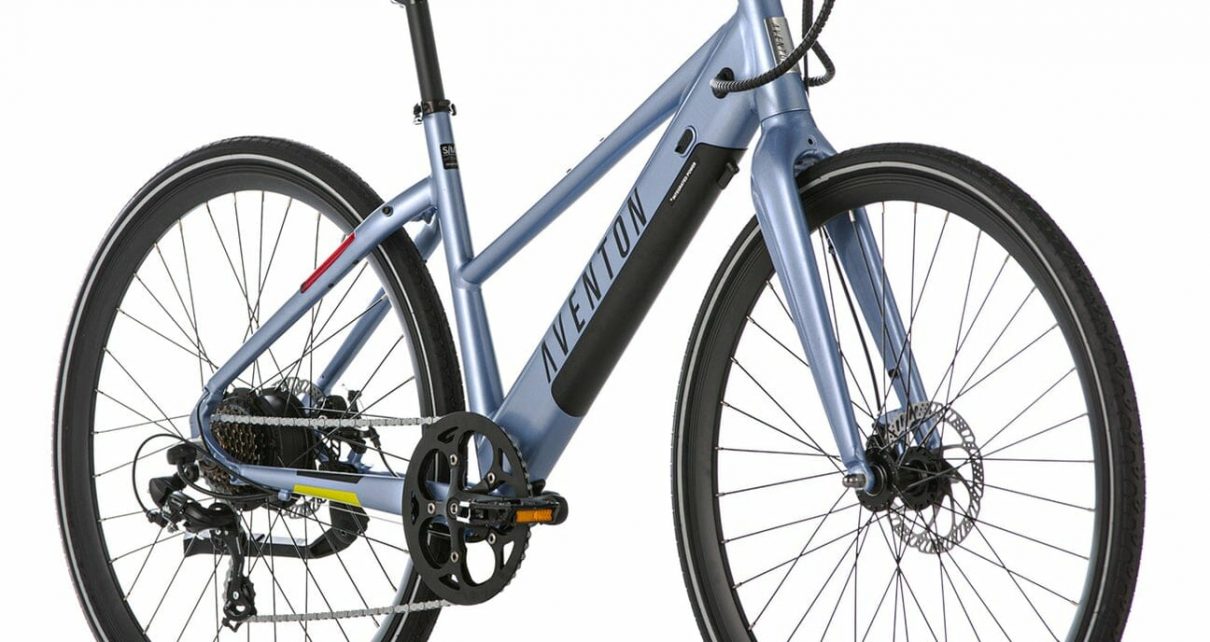The first time you ride an electric bicycle – or an electric bicycle – you feel like you’ve discovered a superpower. This is because pedal assisted electric bicycles expand the possibility of your two wheels: you can catch up in the stop and go traffic, drag children or goods more easily, and arrive at the destination less sweaty, or just enjoy a little extra charm when riding, otherwise it may appear too far or too rugged.
Electric bicycles can initially be divided into the same categories as traditional bicycles: mountain bikes and road bikes, as well as urban vehicles, hybrid vehicles, cruisers, freight cars and folding cars. For an overview of the basic bicycle categories, read How to Choose a Bicycle.
Understand the three types of electric bicycles
For regulatory reasons, e-bikes are also divided into different categories to indicate their level of mobility assistance. Knowing which type of electric bicycle you need is a key decision point:
Level 1: When you step on the pedal, the motor starts to work and stops helping at 20 miles per hour.
Level 2: There is also a pedal assist mode, up to 20 mph, plus a pure throttle drive mode.
Level 3: It is completely pedal assisted (like Category 1), but the assistance will last until you reach 28 mph.
Most new riders start out as Level 1 electric bikes. First class bicycles are the most affordable and the most widely accepted from the perspective of supervision. You can ride on city streets and many bicycle lanes. This kind of electric bicycle has been allowed to drive on the traditional mountain lanes, but not everyone can use it, so it must be checked first. You can buy a velowave e-bike to try.
The second type of electric bicycle is usually allowed to run in the same place as the first type of electric bicycle. This is because the top speed of both levels is 20 miles per hour. REI does not sell Class 2 bicycles, so this article will focus on Class 1 and Class 3 bicycles.
Three types of electric bicycles are very popular among commuters and runners. They are faster, more powerful (and more expensive) than the first type of bicycles. The reward for increased performance is that you can better keep up with traffic. They are also better able to climb and handle heavier loads.
Before the final selection of the category of electric bicycle, the rules of use should be studied. All the above access information should be noted that laws, licenses, registrations, age limits and land management rules are changing. For state guidelines on electric bicycles, please refer to People For Bikes’ state guidelines on electric bicycles.
Make sure your electric bike is suitable for you
Another truth about standard bikes and electric bikes is that the bike that best suits you is the one that really suits you. For large investments such as buying an electric bicycle, it is important to ensure that an electric bicycle feels like it is tailored for you before you ride out of the house, or at least it can be modified through the replacement of some intelligent parts to meet your needs.
The most important thing is to know what size bike frame you need, roughly according to your height. In addition to the frame size, the frame geometry of an electric bicycle also determines how it should adapt to your unique shape.
When you are in the bike shop, take the time to test the bike you want. Most REI stores provide such space for customers. Testing multiple bikes will give you a better sense of choice and help you determine which style is best for you.







